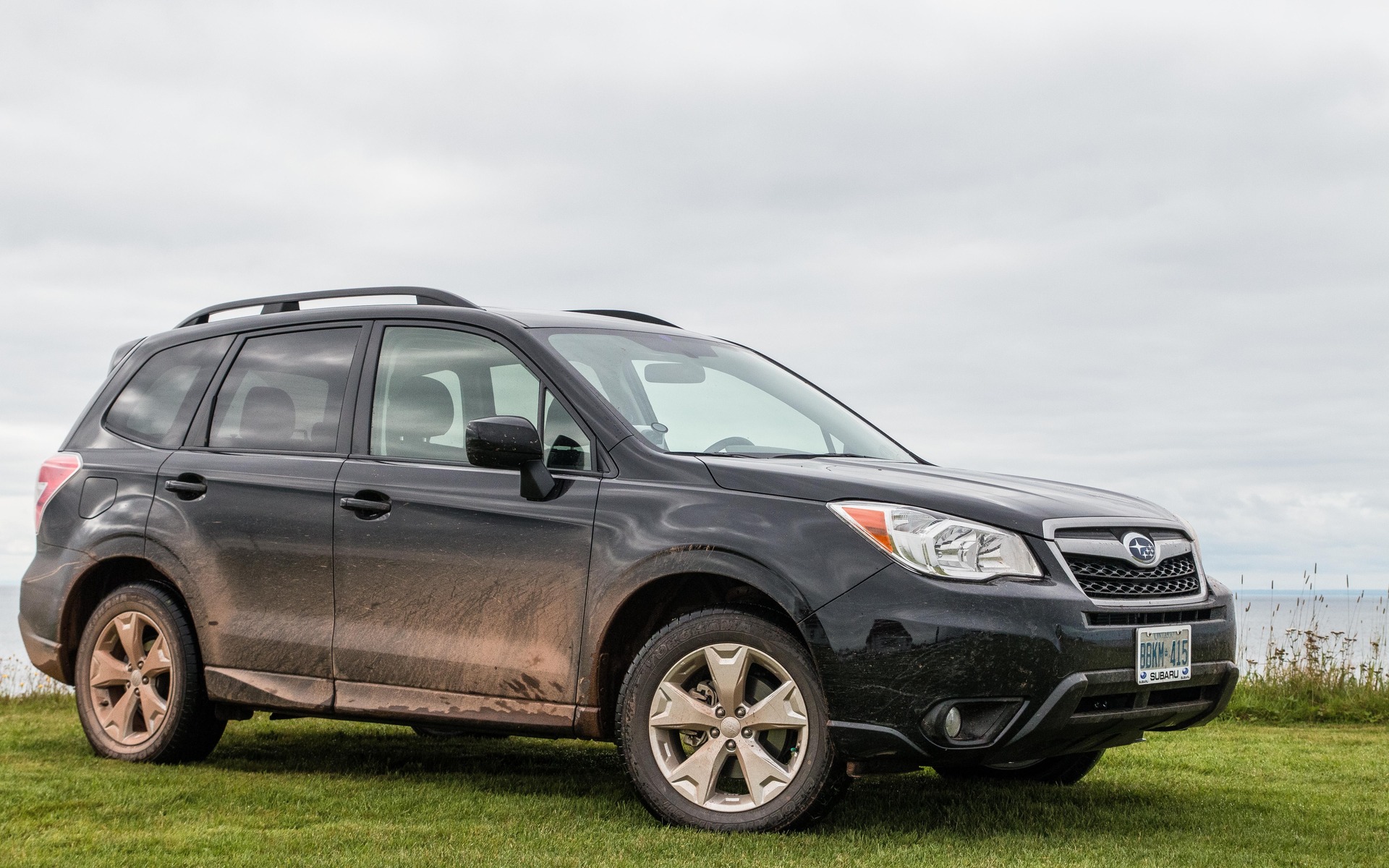2016 Subaru Forester: You Can’t Knock Virtue


Subaru is one of those special brands in the sense that, like Hyundai, it enjoys a very loyal clientele. While this may be surprising about Hyundai, it’s less so with Subaru considering that all of the brand’s vehicles—except the BRZ—come with all-wheel drive. This full-time symmetrical system is one of the best of its kind, so it’s easy to understand why families that have already owned a good wagon robust enough for cold temperatures and snowstorms don’t want to look for another brand of vehicle.
The Forester accounts for 25% of Subaru sales. Following your typical family route through the Maritimes, we tested this compact SUV for three days and are pleased to report that it did a remarkable job while keeping a low profile.
Read also
Two engines, one CVT and one manual
Unlike many of its competitors, the Forester is available with two engines, depending on which options you choose. The first is a 2.5-litre flat-six that generates 170 horsepower and 174 lbs.-ft. of torque. The second is a 2.0-litre turbo flat-four with 250 horsepower and 258 lbs.-ft. of torque. That’s right, it’s the same engine found in the Subaru WRX.
The CVT comes standard on most trims, but you can choose to mate the 2.5-litre engine to a six-speed manual in the base model and the Touring, which also comes with dual-zone climate control and a sliding panoramic moonroof. The manual transmission is incredibly smooth; we half expected it to be like the WRX’s gearbox, but it’s not. In fact, the clutch is fairly soft and the low friction point makes it easy to drive. There’s nothing new about the CVT transmission. While it does offer a fairly fast response time and does a good job simulating gears, these characteristics are now pretty typical among CVTs. Even though Subaru brings nothing new to the table in this regard, the CVT is very decent and most drivers won’t be bothered by it.
Let’s take a closer look at the engines. The 2.5-litre is starting to show its age. It produces a good amount of power for its displacement, but the driving experience is rough and noisy. Regardless of whether it’s paired with the manual or CVT, it seems to complain more than anything else. That said, its performance numbers are respectable.
The 2.0-litre engine is the more modern option. It was created to replace the 2.5-litre turbo found in the previous generation of the WRX and WRX STI. This engine can run on either regular or super gas, but only super will get you the promised 250 horsepower. With regular gas, the output drops to 235-240 horsepower. It comes as no surprise that this engine stole the spotlight away from the other one. It confers appreciable flexibility to the vehicle, which you don’t get from the 2.5-litre engine.
Many drivers will lament the fact that the 2.0-litre engine only comes with the CVT. But at least the CVT can be set to Sport mode, which adds just enough spice to the ride. What’s more, the CVT can be set to X mode for off-roading. Without venturing into a long explanation, let’s just say that this mode corrects any errors a junior driver might make on slippery terrain. This means that, even in mud or snow, this mode can make anyone—even your old aunt—look like a pro driver.
Space, comfort and craftsmanship
The Forester wasn’t designed for clients looking for mind-blowing performance or even for those looking for a sporty SUV. Nope, this vehicle was built for families and folks who want a practical SUV. For instance, when the rear seat backs are down, the Forester offers more than 2,215 litres of cargo space. That’s the best in the category. And while Subaru sometimes seemed to neglect the interior of its vehicles in the past, that is no longer the case today. The Forester’s cabin is nicely crafted, and even the base trim comes with a small infotainment screen on the dashboard. The program behind it is pretty good, too.
The vehicle’s ride is very smooth, and if you head off the beaten track (and onto a dusty trail) the Forester delivers exemplary off-road capabilities. At more than 80 km/h on recreational trails, it keeps the driver feeling safe and the full-time symmetrical AWD system does a great job. At the end of the day, there’s no knocking such a virtuous vehicle. Driving the Forester may not be an experience you’ll remember for the rest of your days, but it offers one of the most comprehensive packages—maybe even the best package overall—in its category.
Just take one look at the Forester and you can tell that it’s robust, capable and utilitarian. While the competition puts on fancy outfits, this one keeps its rain boots on, in case the need to splash in the mud arises. If you’re wondering which version to choose, go for the 2.0-litre turbo. It takes just slightly more gas than the 2.5-litre (10.4 L/100 km versus 9.2 L/100 km), but the extra 80 horses are worth it. Plus, the Touring with the 2.0-litre turbo sells for just $1,000 more.








